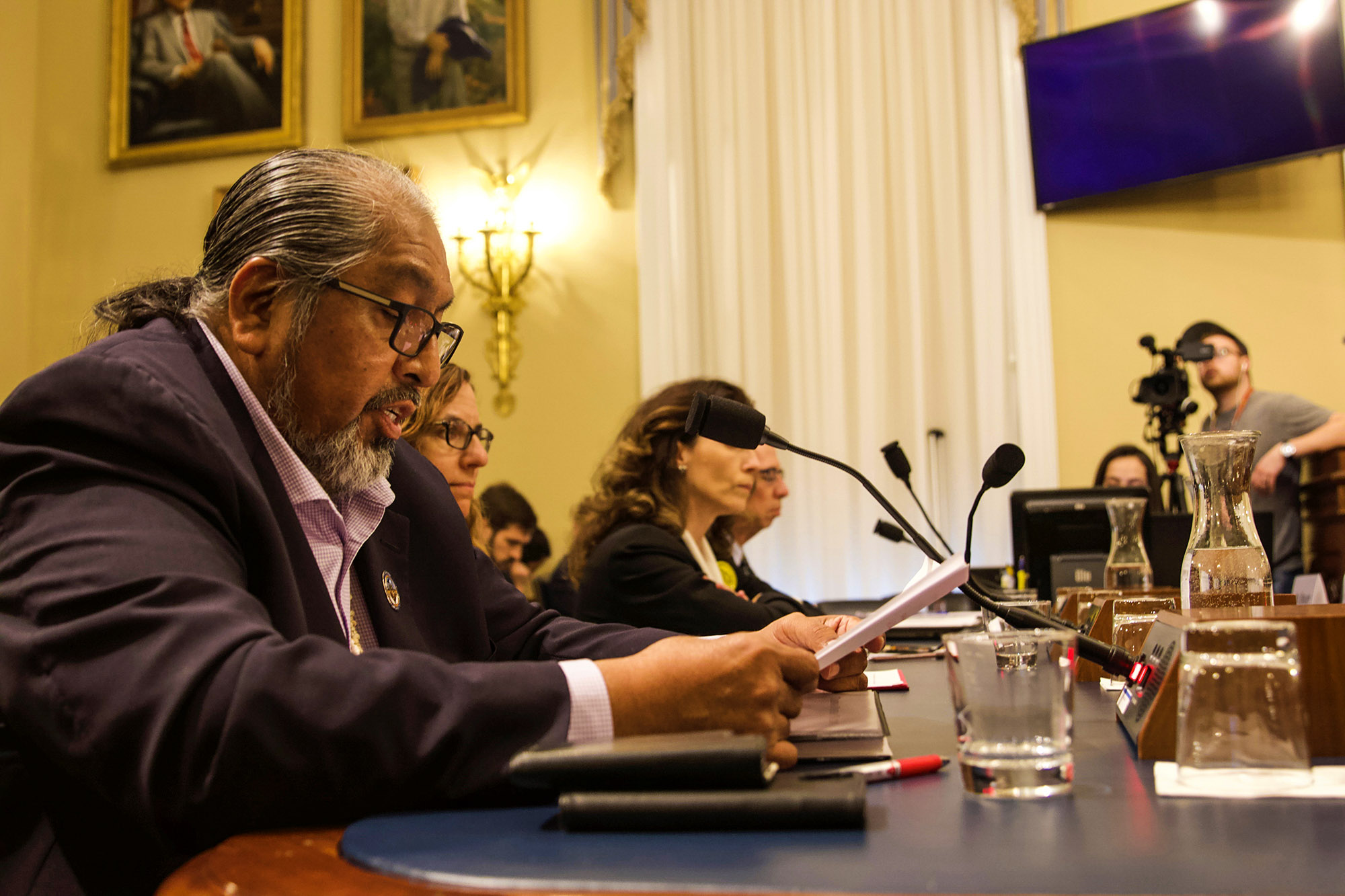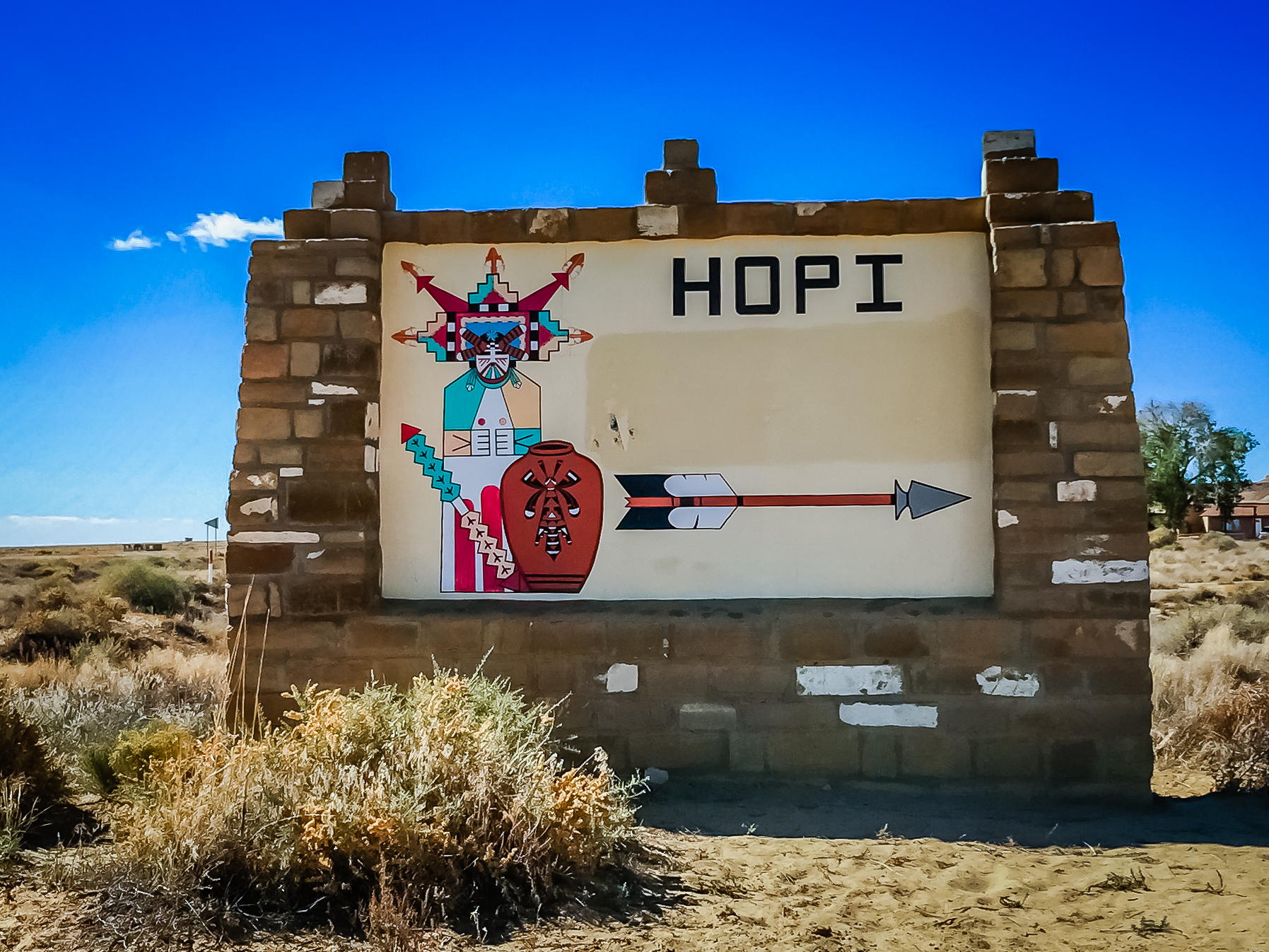Indianz.Com > News > Cronkite News: Tribes seek fixes for aging infrastructure in Indian Country
Tribal leaders bring litany of needs to hearing on federal funding
Friday, June 18, 2021
Cronkite News
WASHINGTON – To the Tohono O’odham chairman, it’s schools and health care. To the Hopi chairman, it’s badly needed jail improvements. Those were among the laundry list of needs outlined at a hearing Thursday on federal facilities in Indian Country.
“To say that the Hopi people are frustrated is a major understatement,” Hopi Chairman Timothy Nuvangyaoma said of federal promises to fix the tribe’s only detention center. “Nearly four years later, there is no broken ground, only broken promises.”
No one at the House Natural Resources subcommittee hearing challenged the needs, on everything from roads to broadband, that could cost billions of dollars, a funding shortfall that one lawmaker called “a travesty.”



House Subcommittee for Indigenous Peoples of the United States Notice
Examining Federal Facilities in Indian Country (June 17, 2021)
Note: This story originally appeared on Cronkite News. It is published via a Creative Commons license. Cronkite News is produced by the Walter Cronkite School of Journalism and Mass Communication at Arizona State University.
Related Stories
Examining Federal Facilities in Indian Country (June 17, 2021)House subcommittee sets hearing on facilities in Indian Country (June 15, 2021)
Search
Filed Under
Tags
More Headlines
Native America Calling: Bridging Indigenous cultures across the Arctic
Cronkite News: Speculation surrounds visit by Sen. Ruben Gallego (D-Arizona)
Native America Calling: A giant leap for Muscogee Freedmen citizenship
Cronkite News: Stars shine at Native American Basketball Invitational
Native America Calling: Reclaiming and growing Hawaiian kapa traditions
Tom Cole: Working for Oklahoma’s Fourth Congressional District
Montana Free Press: IndigiPalooza celebrates Native arts and cultures
Cronkite News: Indian Country continues to oppose racist imagery in sports
Oklahoma Voice: Conservative education official claims ‘no knowledge’ of nude imagery during meeting
NAFOA: 5 Things You Need to Know this Week (July 28, 2025)
Chuck Hoskin: Cherokee Nation builds a better tomorrrow
Native America Calling: Seneca recipes, a salmon disaster and migrant workers
Native America Calling: A unique festival celebrates Indigenous literature and arts
Press Release: National Congress of American Indians welcomes movement on Indian Country funding bill
Native America Calling: Treaties more than a century old provide both guidance and constraints
More Headlines
Cronkite News: Speculation surrounds visit by Sen. Ruben Gallego (D-Arizona)
Native America Calling: A giant leap for Muscogee Freedmen citizenship
Cronkite News: Stars shine at Native American Basketball Invitational
Native America Calling: Reclaiming and growing Hawaiian kapa traditions
Tom Cole: Working for Oklahoma’s Fourth Congressional District
Montana Free Press: IndigiPalooza celebrates Native arts and cultures
Cronkite News: Indian Country continues to oppose racist imagery in sports
Oklahoma Voice: Conservative education official claims ‘no knowledge’ of nude imagery during meeting
NAFOA: 5 Things You Need to Know this Week (July 28, 2025)
Chuck Hoskin: Cherokee Nation builds a better tomorrrow
Native America Calling: Seneca recipes, a salmon disaster and migrant workers
Native America Calling: A unique festival celebrates Indigenous literature and arts
Press Release: National Congress of American Indians welcomes movement on Indian Country funding bill
Native America Calling: Treaties more than a century old provide both guidance and constraints
More Headlines